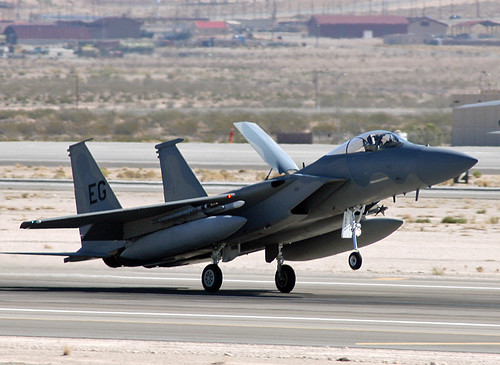Clark1961
Touchdown! Greaser!
- Joined
- Jun 7, 2008
- Messages
- 17,737
- Display Name
Display name:
Display name:
-- air density is the real driver, not air pressure
Now there is a classic one.
density=MW*Pressure/(ZRT)
MW = molecular weight, 28.97 for air IIRC
Z = compressibility factor
R = gas constant
T = absolute temperature, degrees Fahrenheit + 460
So density varies directly with pressure and indirectly with temperature
At 50 degree change in temperature is about a 10% change in density for temperatures we normally operate in.
A 1,000 ft elevation change is inconsequential so pick a number for altitude and stick with it. Normally that number is in the 3,000 to 5,000 ft range.

